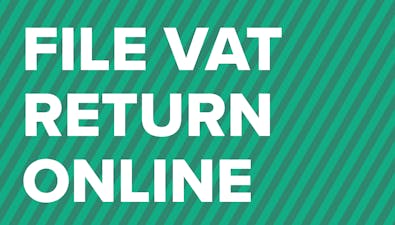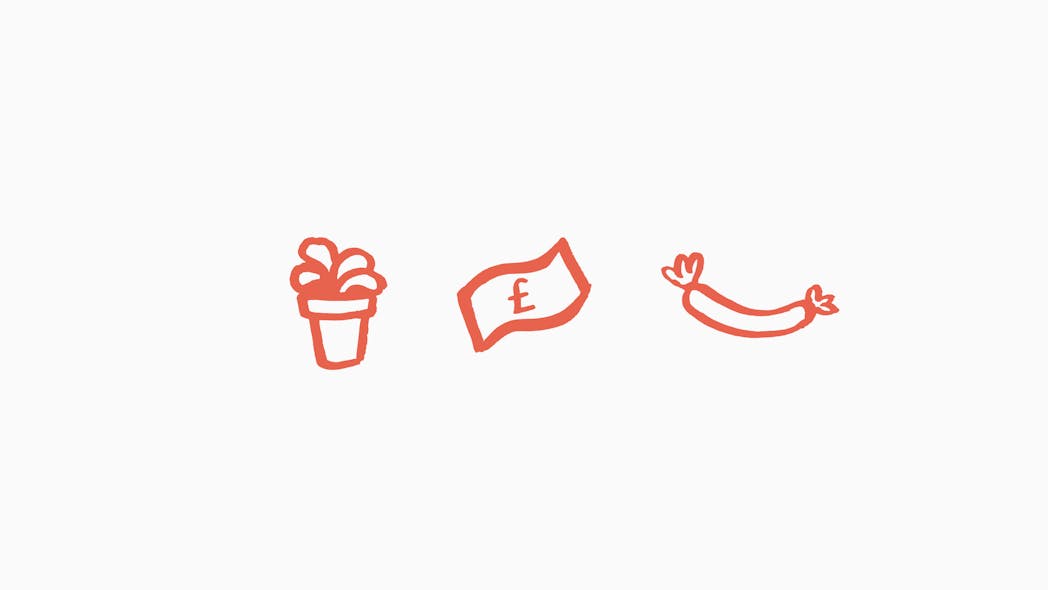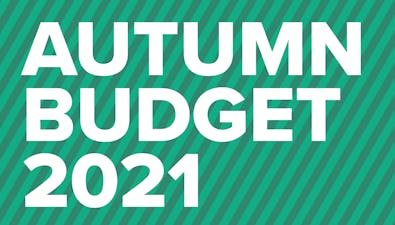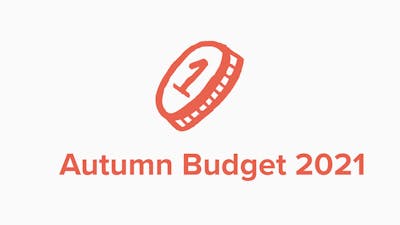

Usually, in complex accounting software, tax codes are used as a tool to determine the tax treatment of a transaction that has been posted in the software. Normally an account administrator will manually allocate a tax code to each transaction. Once a tax code has been chosen, the treatment of the transaction can be determined, then the system is able to calculate your taxes.
Categorising your transactions in ANNA is handy because it can help you quickly and easily organise your business transactions and determine the tax treatment just like a complex accounting system tax code would, but in a much more user friendly and efficient way.


Whenever you post a transaction, ANNA offers you a range of categories you can allocate it to. Once you select the category for a new transaction for the first time, ANNA will remember this behaviour and replicate it in the future if it recognises a similar transaction has occurred. For example, if you purchase your stock from Pens Ltd, it will remember this company as your supplier and automatically allocate the same category to this transaction, so you don’t have to. The tool will separate your sales from your business purchases so that you know how much you’re spending in each area of your business.
More importantly, if you’re VAT registered then ANNA’s categorisation tool will calculate your VAT return for you! It knows whether a transaction is liable for VAT and what box it belongs in on your VAT return, which means your VAT return is as accurate as possible. It’s simple and easy.
The categorisation tool is best effective if you provide supporting documentation for the transaction, like a receipt or an invoice. It ensures that if you’ve paid VAT on a transaction you can claim it back (where allowed). Basically, the more information you provide ANNA about the transaction, the more accurate the category selection will be.
There are a lot of categories for you to choose from. See the following glossary for the full range.
Categories for Incoming transactions
If you’re selecting a category for an incoming transaction, you have the following categories to choose from:
- Sales – Choose this category for any incoming payment for a sale you made. This will make sure your sale is reported to HMRC in the VAT return.
- Other income – Choose this category for any incoming payment received outside of your normal business sales, but which would also need to be reported to HMRC as taxable. Maybe you have a secondary source of income that reaches your account?
- Refunds – Choose this category for money you’ve received back to your business as refunds. Did you return some stock that you didn’t need?
- Non-taxable income – Choose this category for any incoming payment that isn’t related to your business – like personal income – into your account. If it is not a business transaction, then we don’t need to include it in your VAT return and choosing this category will make sure of that.
- Paying in – Choose this category for any transaction of funds that have been paid in. Because it’s not related to a business sale or expense, it also doesn’t need to be included in your VAT Return. Did you get a business loan? Or maybe you got a repayment from HMRC?
Categories for outgoing transactions
Everyday business expenses
- General business purchase – You can choose this category for any general business expense you’ve paid if you’re clear the transaction is for the purpose of running your business. It could be stock or office stationery; maybe it’s marketing fees or fuel costs for a business trip. Choose this category and attach your invoice or receipt so it’s included in the VAT return and any relevant VAT is claimed back.
If you want to categorise your purchase in more detail, then choose one of the following categories:
Accommodation – hotel stays during business trips
Accountant – fees for doing your accounts and tax returns
Business Account fees – service fees for your business account
Travel and Subsistence – travel costs, including meals
Car hire – to get you from A to B for a business trip
Consultants – ad hoc specialist support
Customer refunds – money repaid to clients
Equipment – purchased computers, work machinery etc.
Equipment hire – tools rented for work
Finance and legal – bookkeeping and solicitor fees
Fuel/mileage – petrol, diesel, EV charging etc.
Insurance – business related coverage
Interest – interest on your linked accounts
Marketing – promoting your business
Marketplace commissions – commissions paid to eCommerce platforms
Materials – items you need to do your job
Parking and tolls – car park and road tolls
PAYE Paid – PAYE paid to HMRC for your employees
Pension contribution – Payments made into a pension
Postage – postage, shipping, couriers
Rates and water – business rates and water rates
Software and subscriptions – computer software and membership fees
Staff welfare – holiday parties, staff food and drink
Stationery – office materials
Stock – goods purchased for resale
Sub-contractors – to help you deliver your projects
Telecommunications – mobile phone and internet bills
Vehicle purchase – vehicle bought for business use
Vehicle repairs – vehicle repairs
Vehicle tax & insurance – road tax, insurance
Web hosting – hosting and infrastructure
Workspace – office rent, business rates, venue hire
Other business expenses
- Entertaining, gift or donation – Choose this category for any expenditure you’ve made related to entertaining clients or for gifts you have given to clients from the business. VAT paid on these supplies can’t be claimed back and selecting this category will make sure the VAT is not claimed back in the VAT return.
- Fine or penalty – The cost of a legal infraction
Staff payments
Staff payments or payments made to your business don’t need to be included in the VAT return.
- Staff wages – Paying your employees – this doesn’t need to be included in the VAT return. Choosing this category means the transaction will be excluded from the VAT return.
- Drawings – Withdrawing funds to pay yourself – this also doesn’t need to be included in the VAT return. Choosing this category means the transaction will be excluded from the VAT return.
Taxes, fees and repayments
You don’t need to include any of these payments in the VAT Return because they aren’t a taxable sale or business expense for goods or services. Selecting one of the below categories will ensure the transaction is excluded from the VAT return. Choosing this category means the transaction will be excluded from the VAT return.
- Credit card repayments – Repayments of your credit card
- Loan repayments – Repayment of your loan or overdraft
- Taxes – Paying business tax or self-assessment tax
Non-Business
Personal expenses – This is for any non-business-related payments made from your account. They aren’t business-related so they don’t need to be on your VAT Return.
Open a business account in minutes








